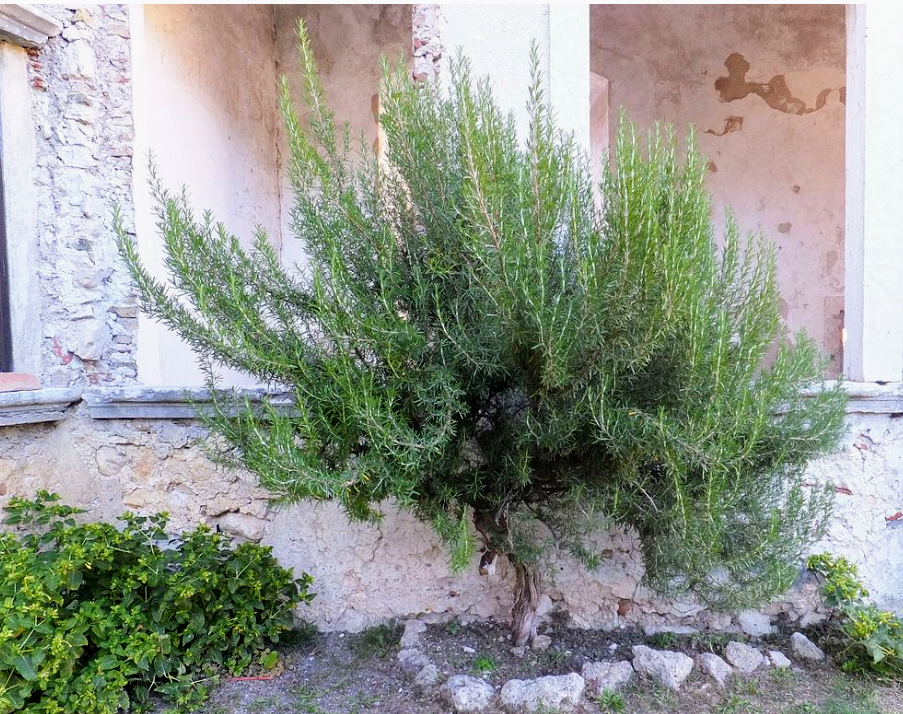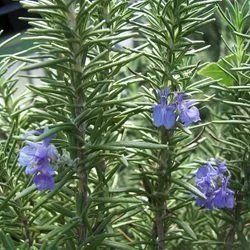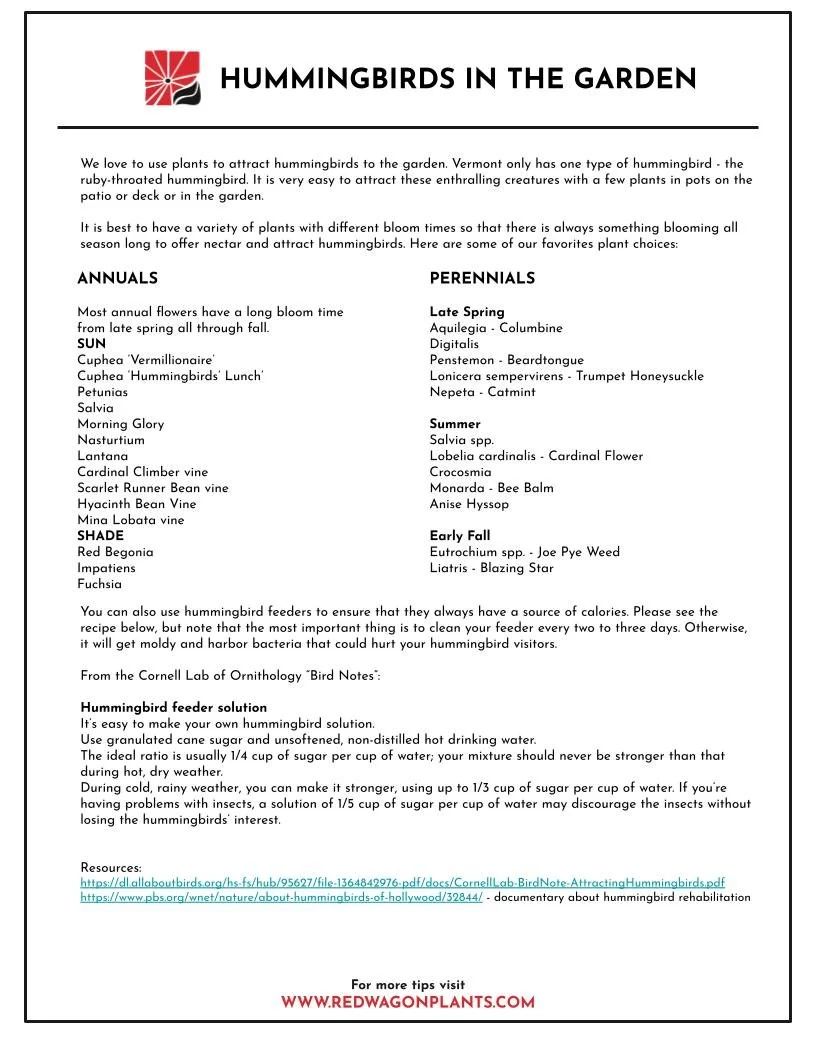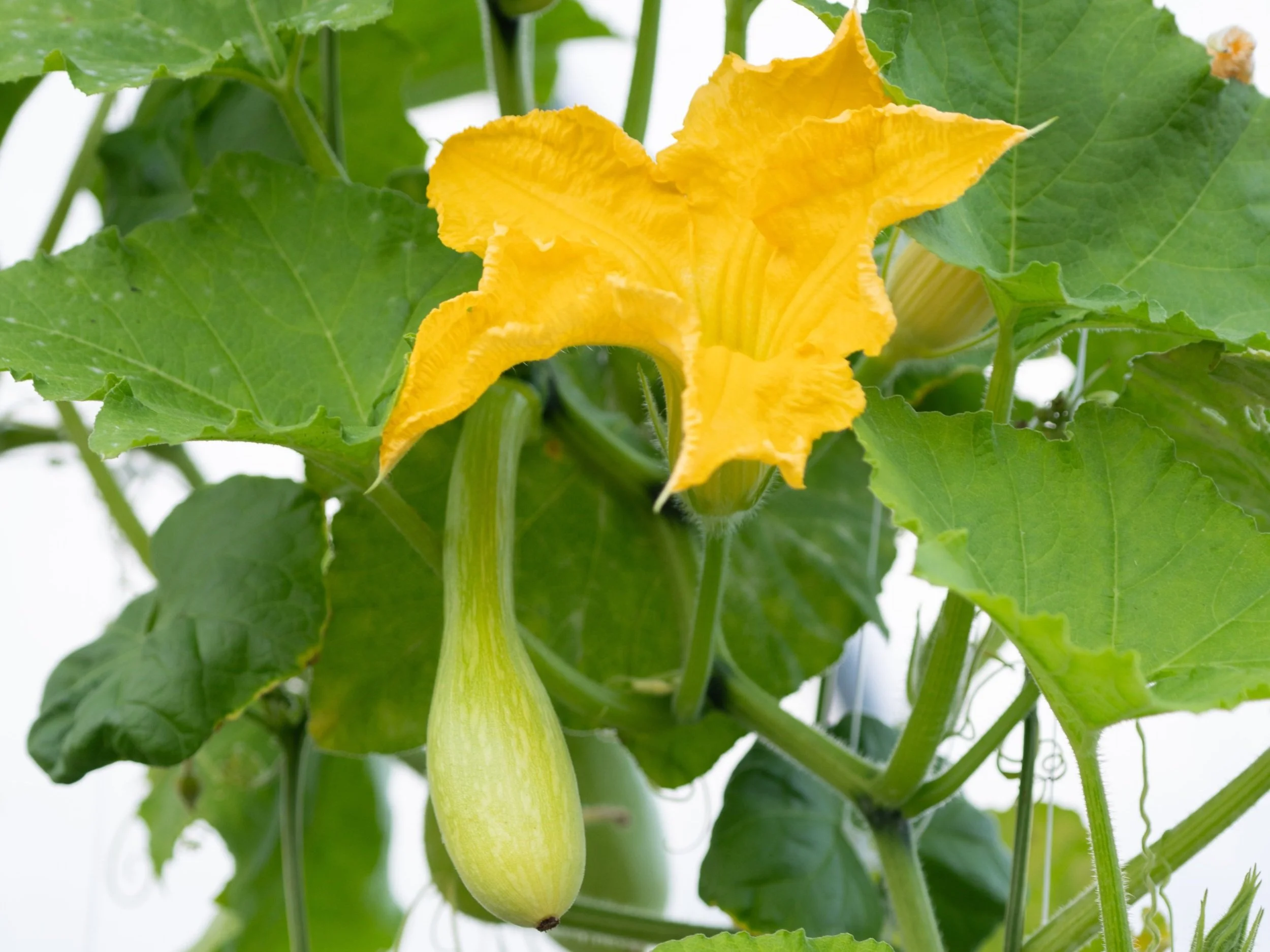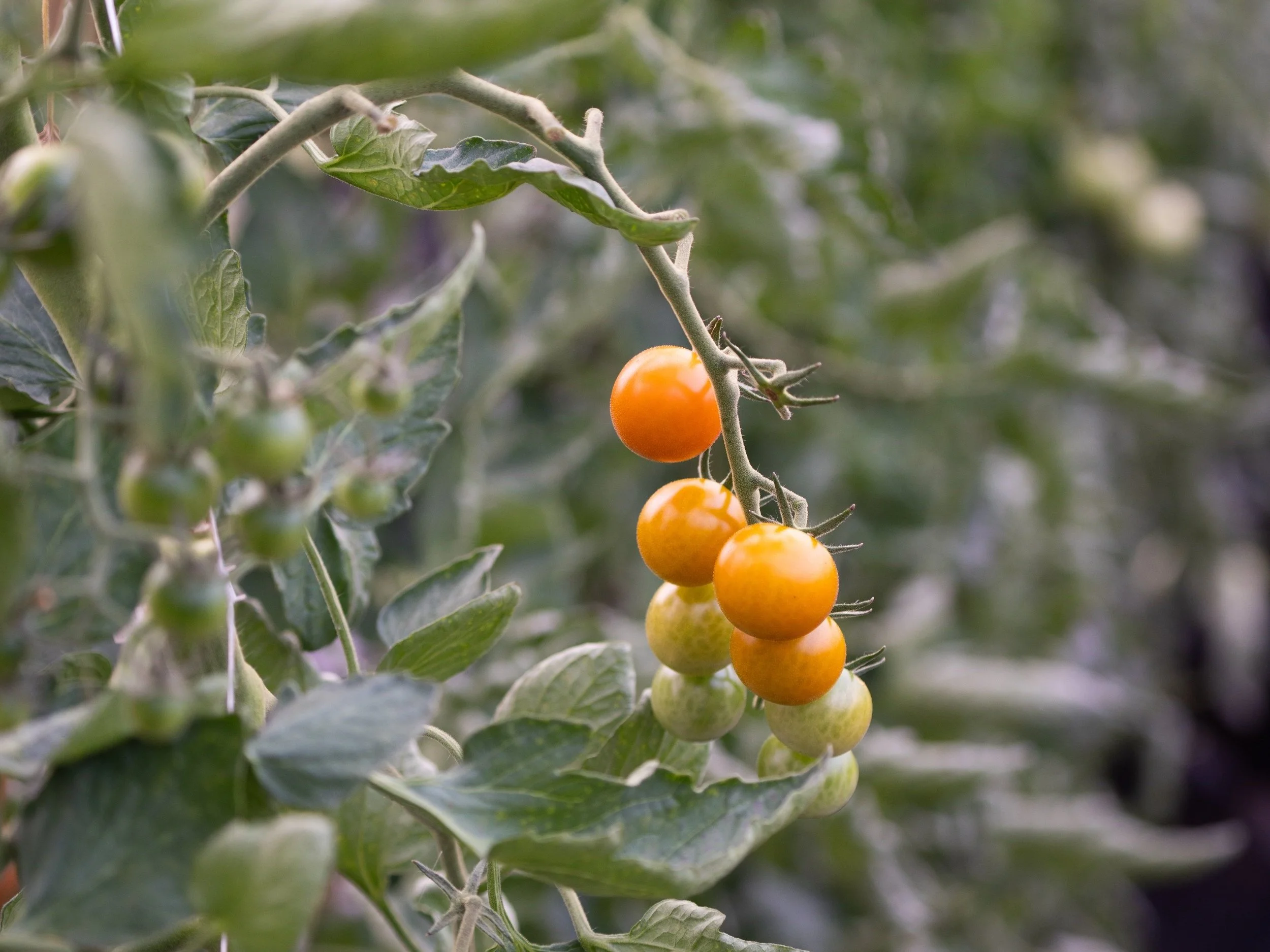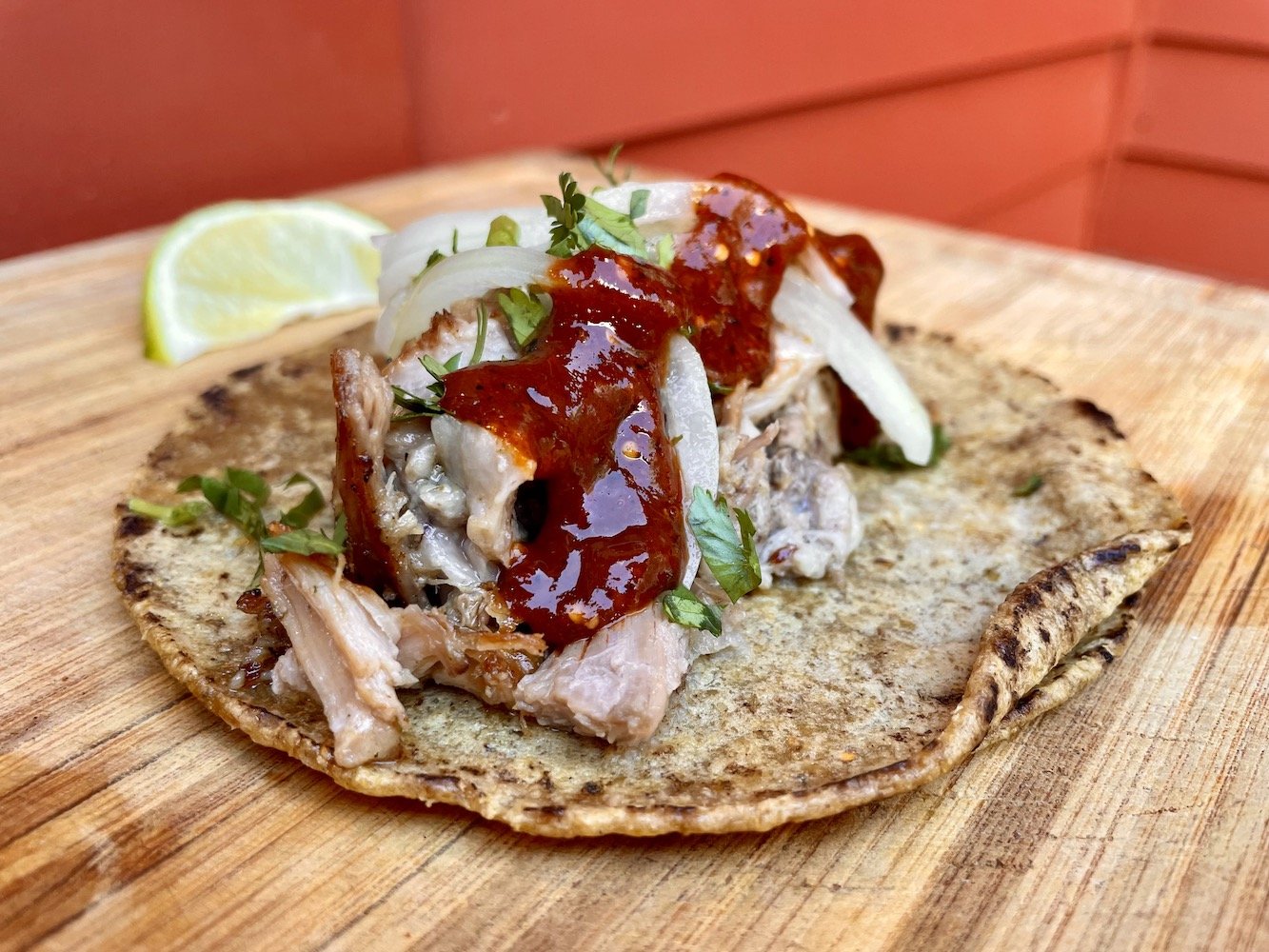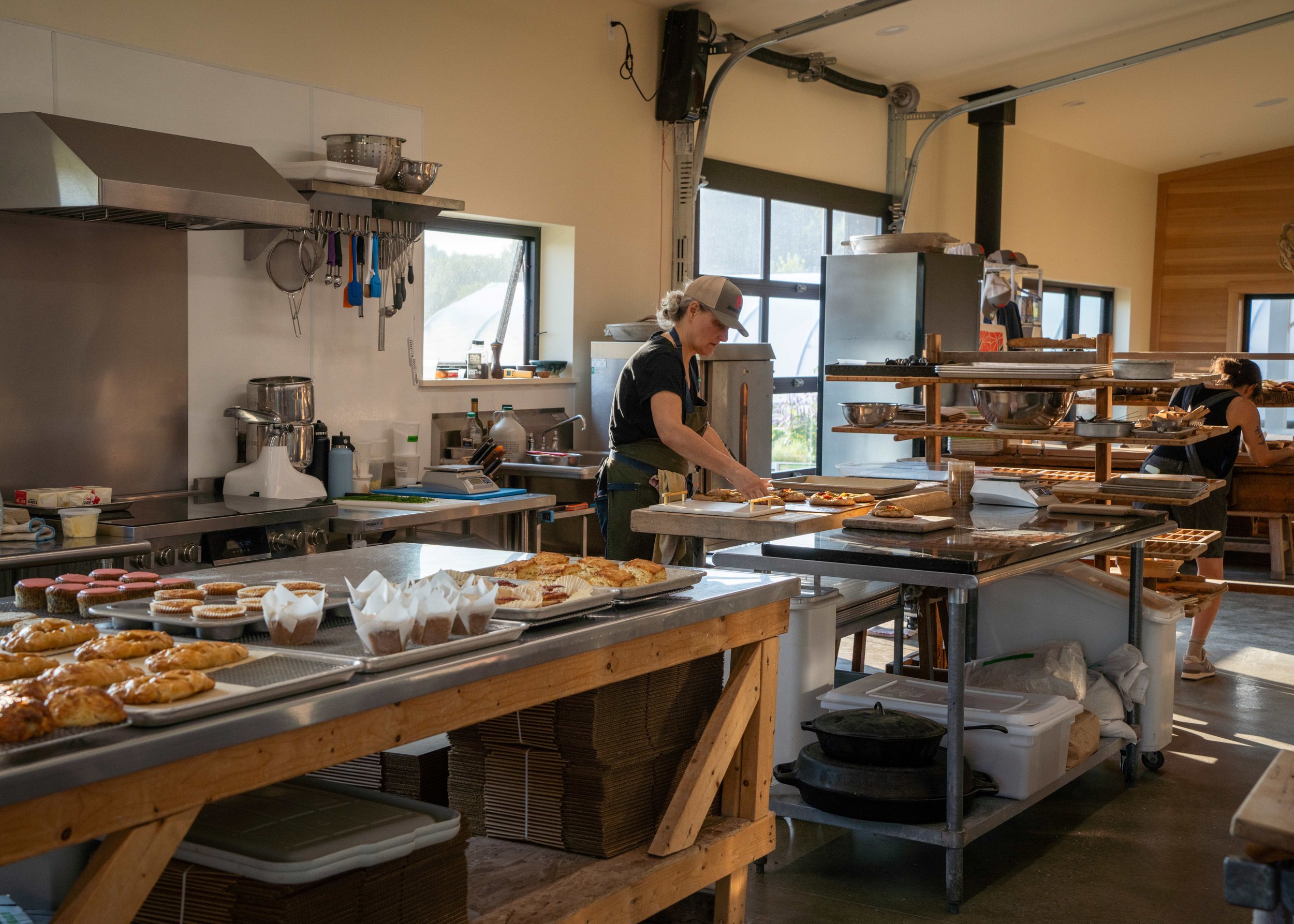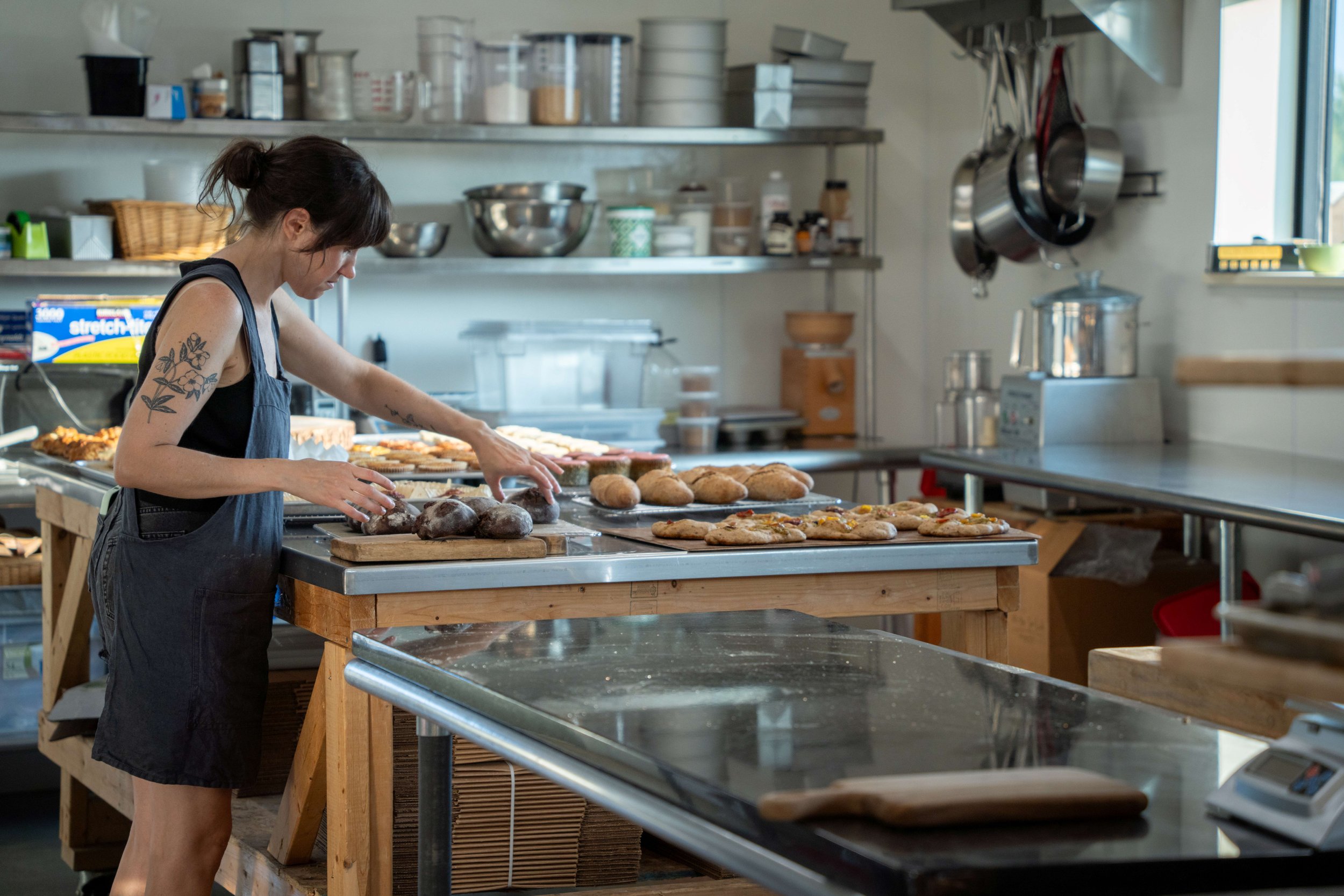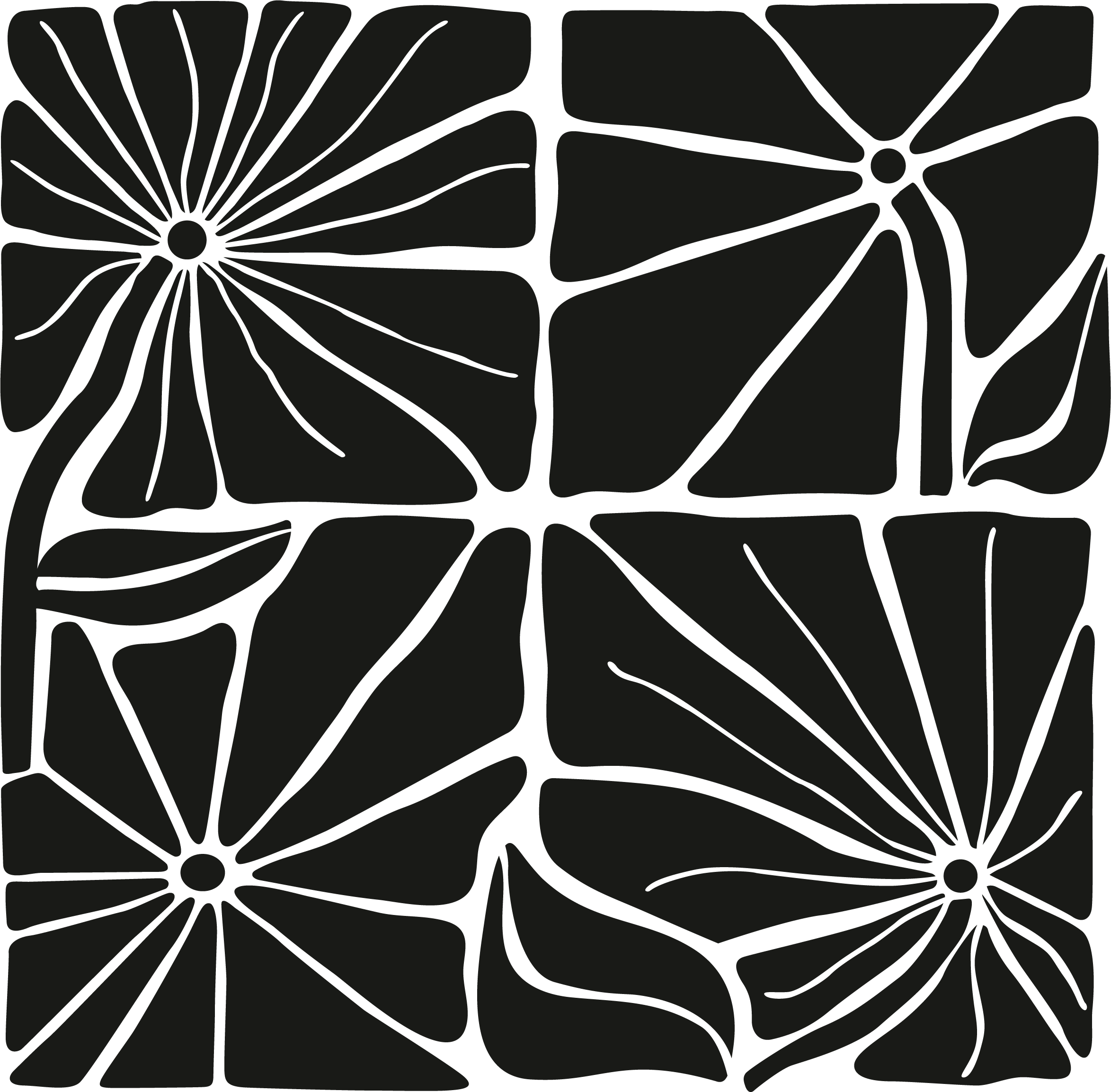Celebrate the beauty of handmade traditions at Garden Crafts Day! Join us on Saturday, September 27th, 9 AM - 5 PM, for creative workshops inspired by the garden and the woods. Learn to create fall woodland garlands, carve your own wooden utensils, or craft a garden bench broom. Build whimsical fairy houses, explore the magic of indigo dyeing, and hand-shape terracotta pinch pots. All levels welcome—come play, learn, and leave with something uniquely your own. All levels welcome—come play, learn, and leave with something uniquely your own. Sign up here.
Carving Wooden Utensils, Instructor: Jennica Stetler of Dig Dig Farm. 3:00 PM - 5:00 PM
Learn techniques and carve a spoon from local green wood using hand tools.
Garden Bench Brooms, Instructor: Nora Woolf of Woolf Den Homestead. 1:30 PM - 4:00 PM
Students will have the opportunity to make a round whisk and a garden bench broom.
Terracotta Pinch Pots, Instructor: Katie Cameron of Cry Baby Clay. 9:00 AM -10:30 AM
Hand sculpt your own custom terracotta planter while learning pottery techniques.
Fairy Houses, Instructor: Jodi Whalen. 11:30-1:30 PM
Craft a whimsical fairy house from sustainably foraged forest finds.
Fall Woodland Garlands, Instructor: Susan Lepple. 12:00 PM - 1:30 PM. Cost: $54
Use grown and foraged plant materials to create a delicate and flowing fall garland to adorn an interior space.
Indigo Dyeing, Instructor: Lynne Gavin of Colors of Nature VT. 2:00- 4:00 PM
Experience the art of indigo vat dyeing, exploring traditional shibori and resist techniques.








